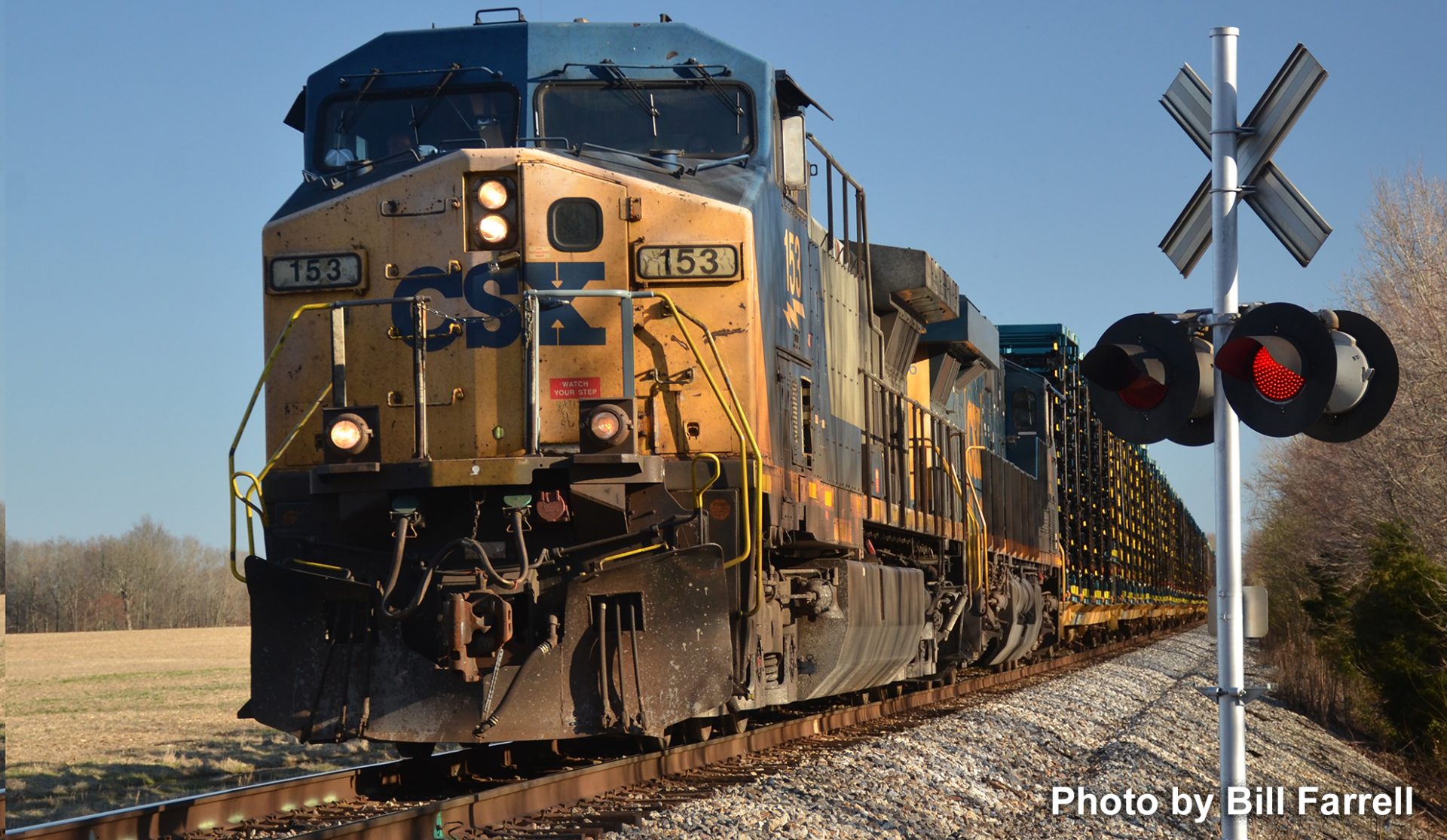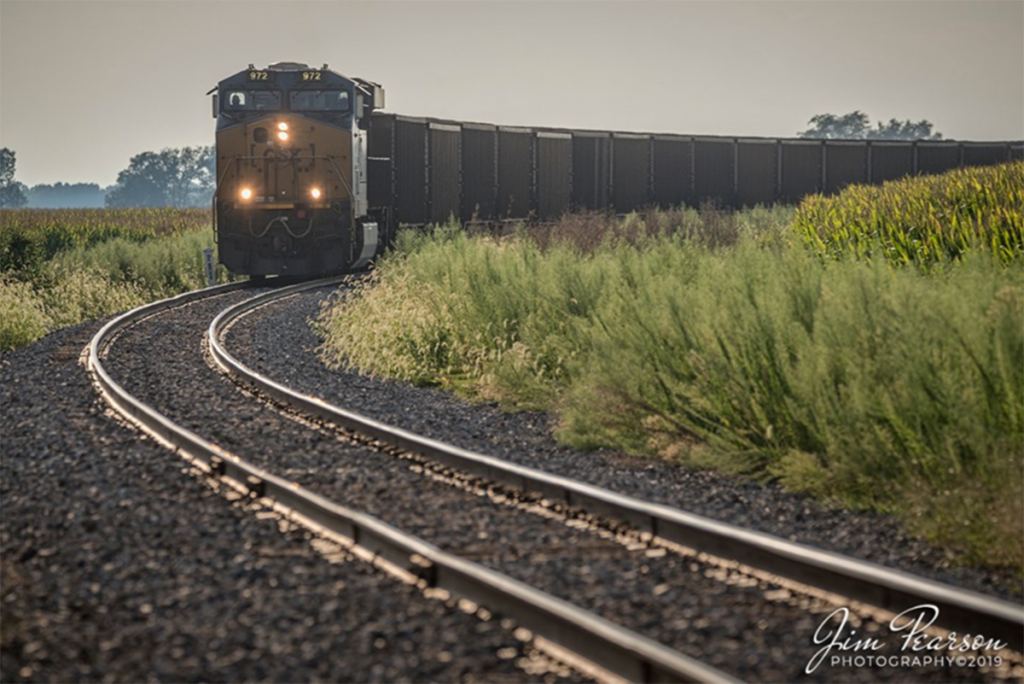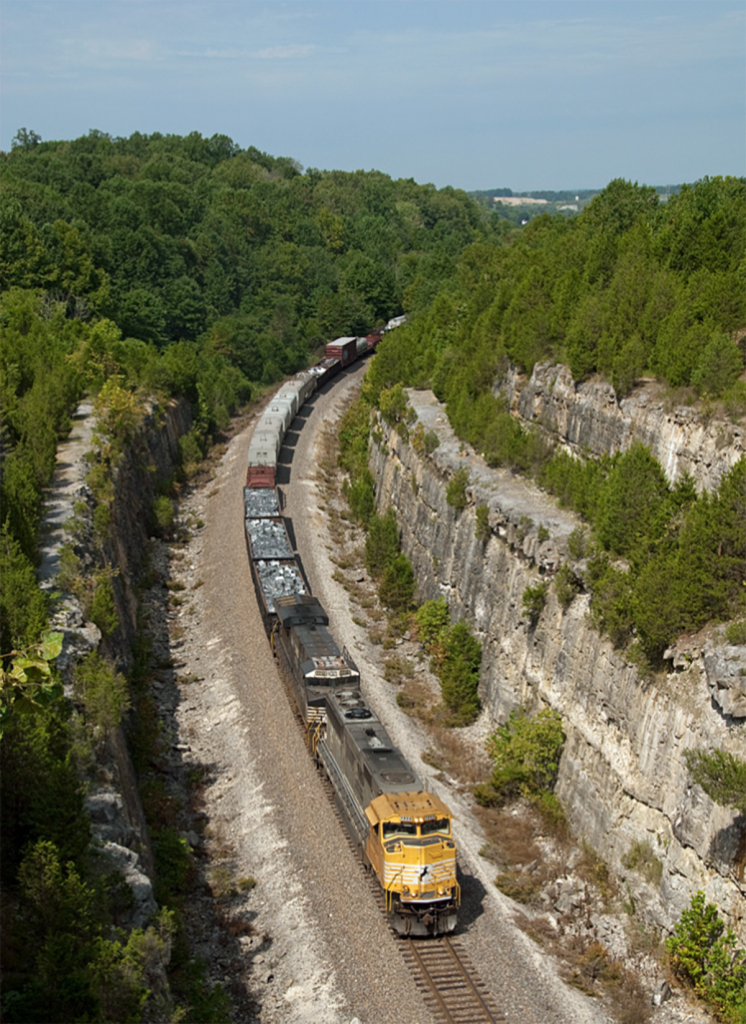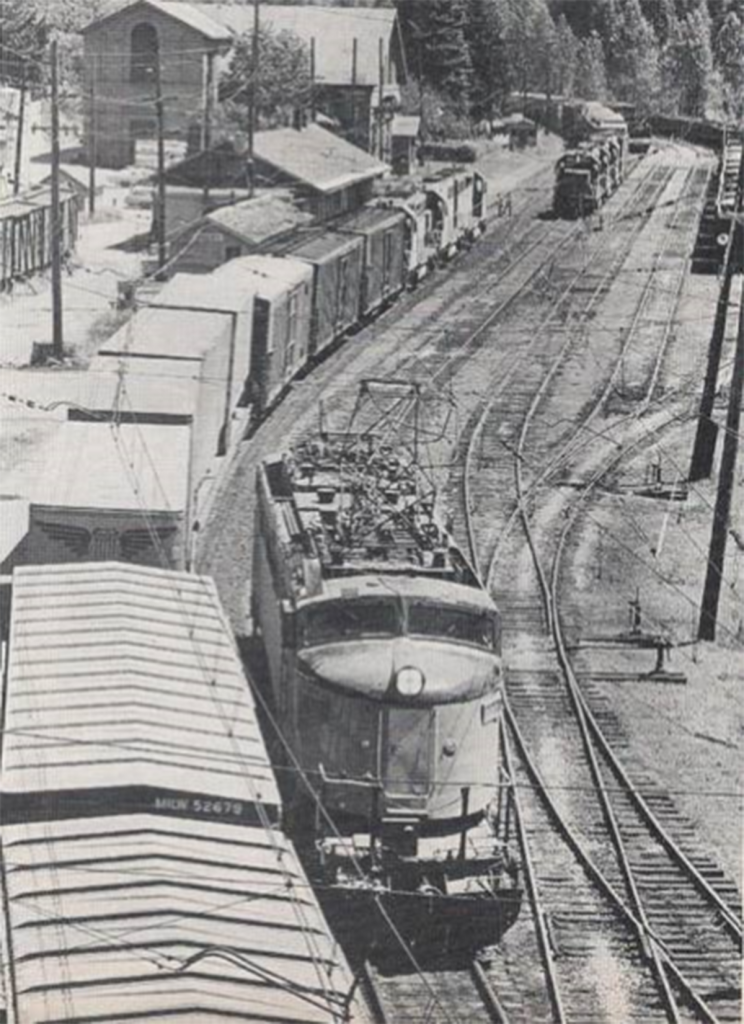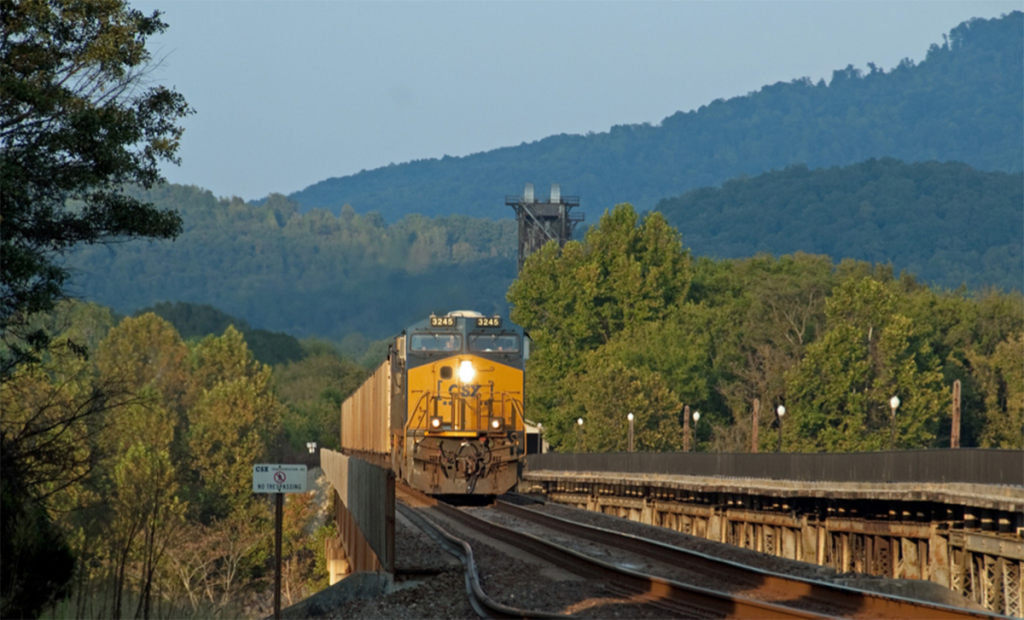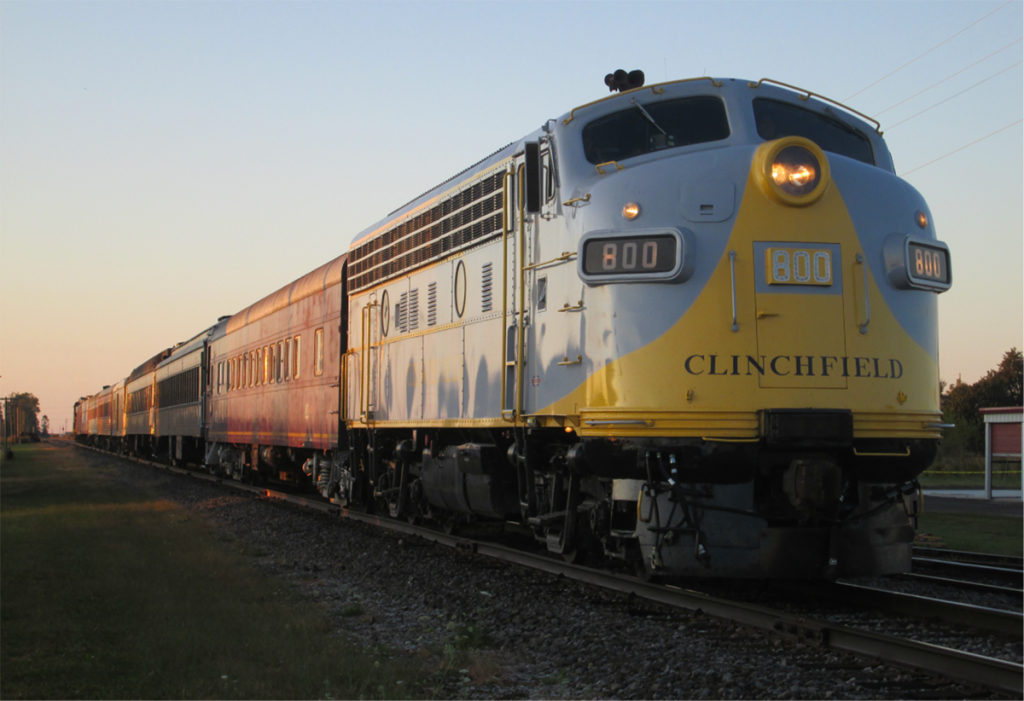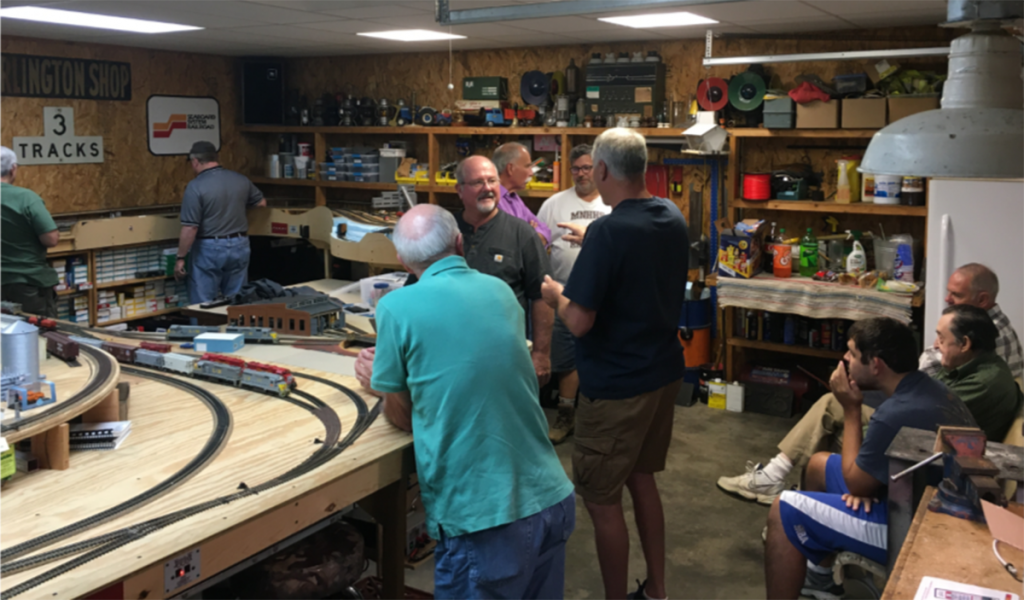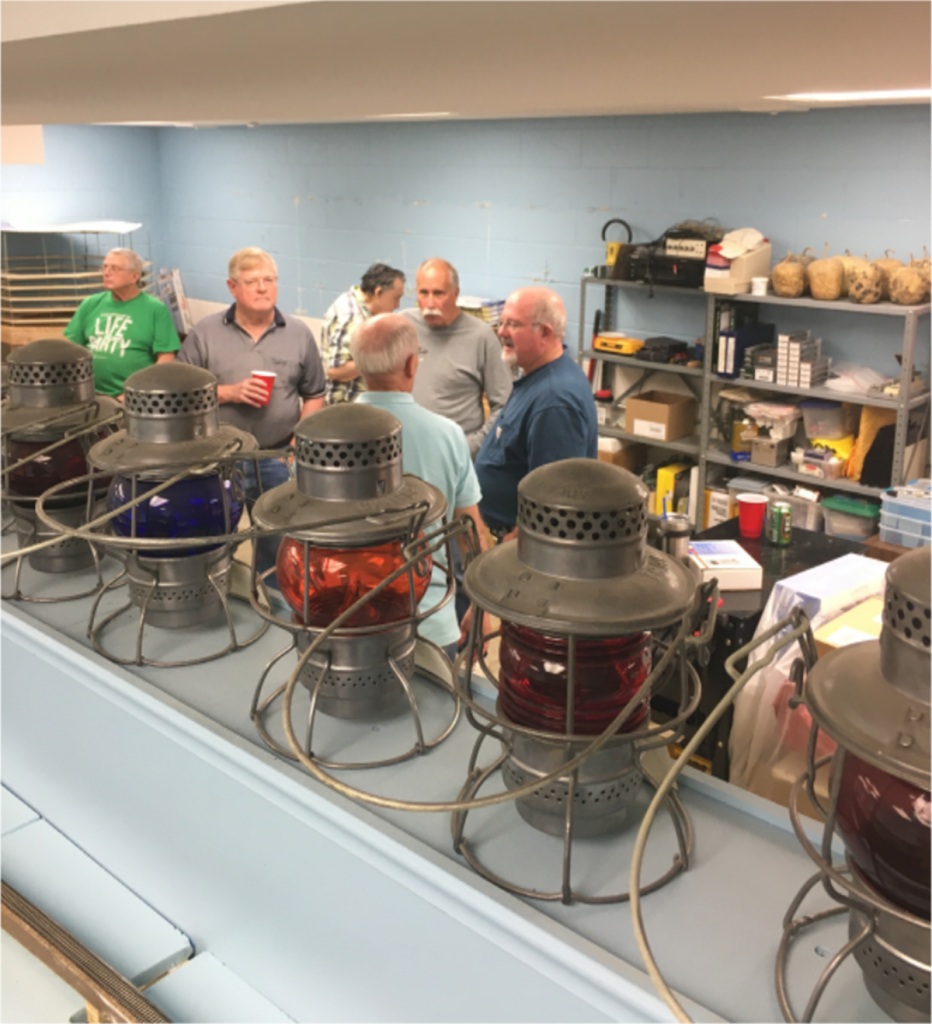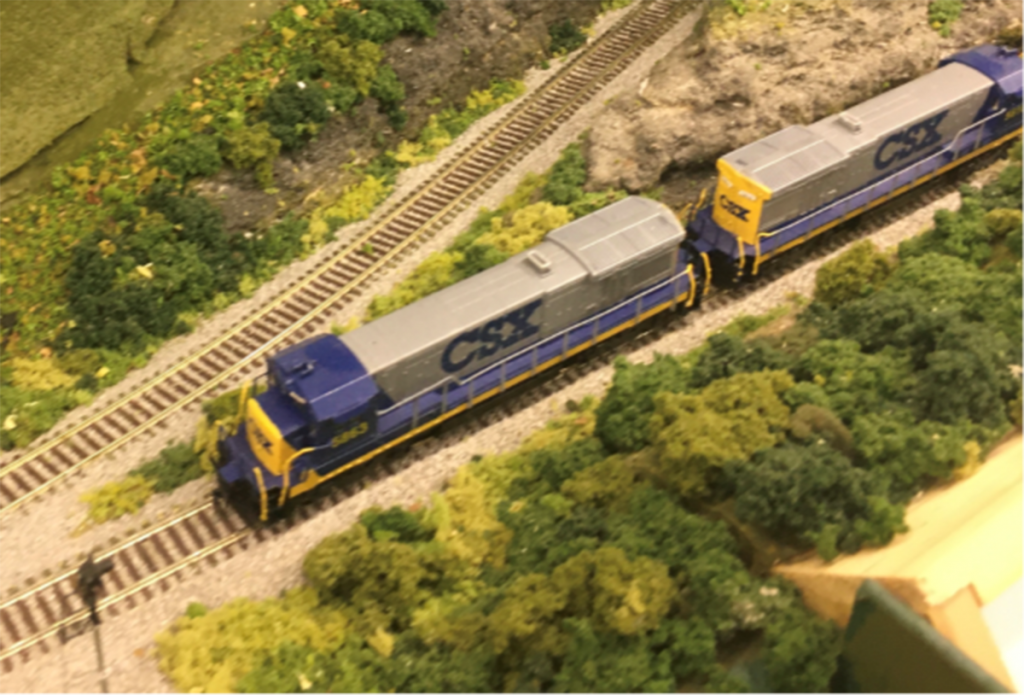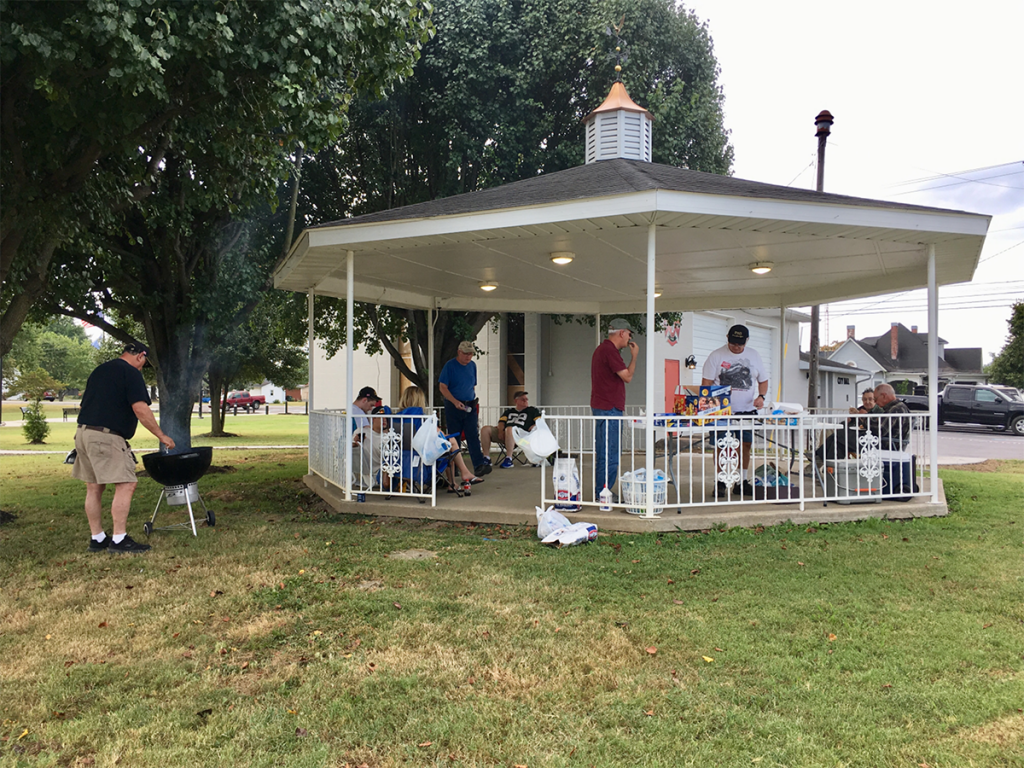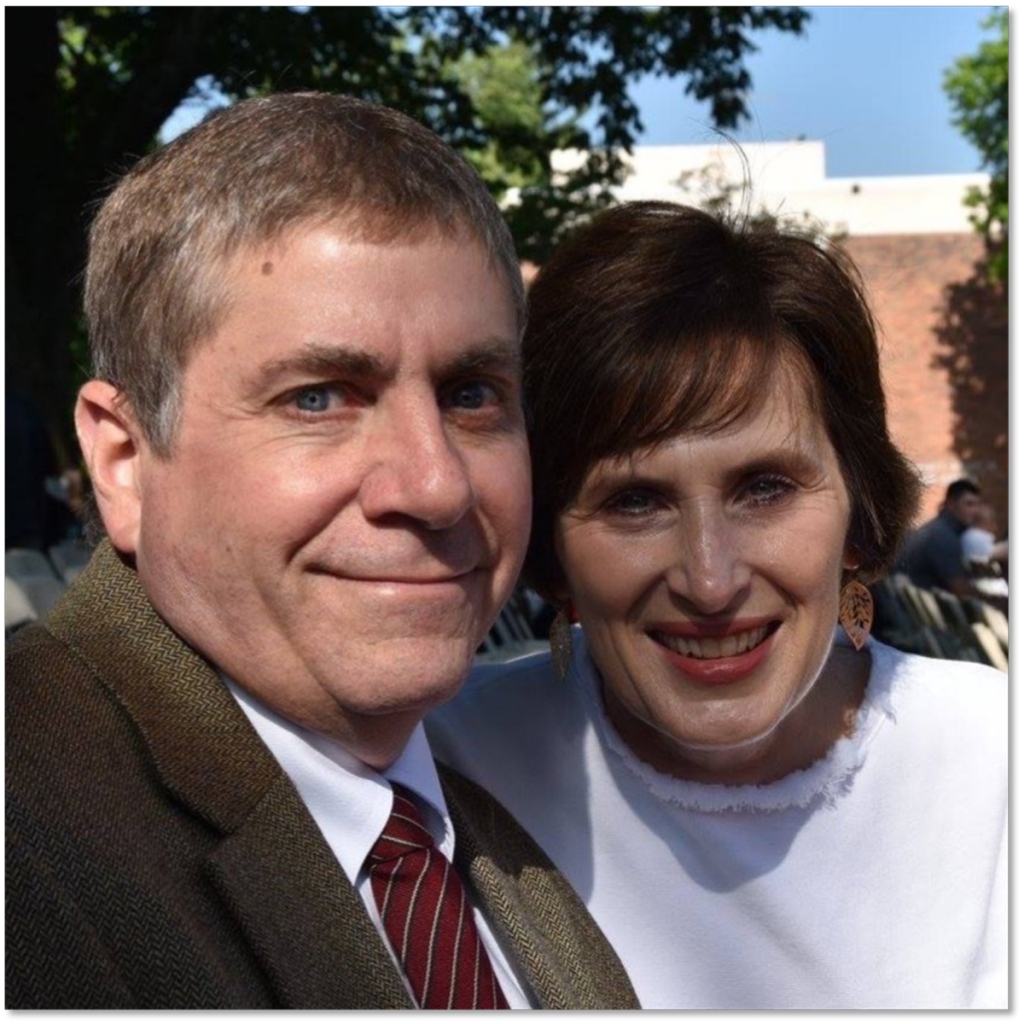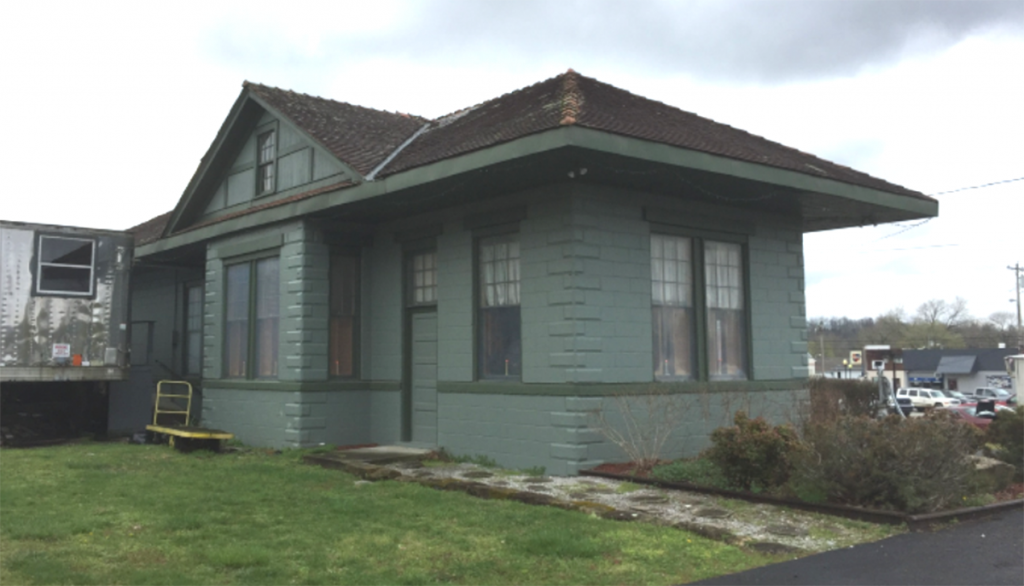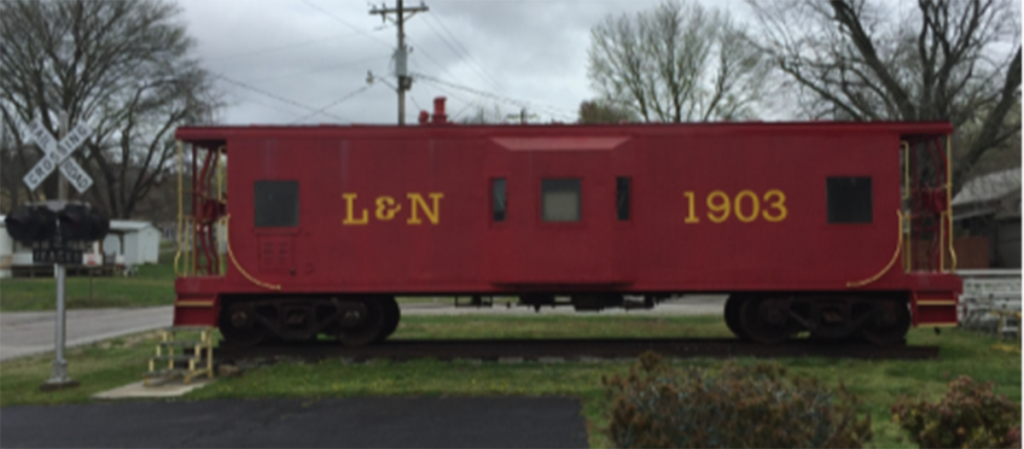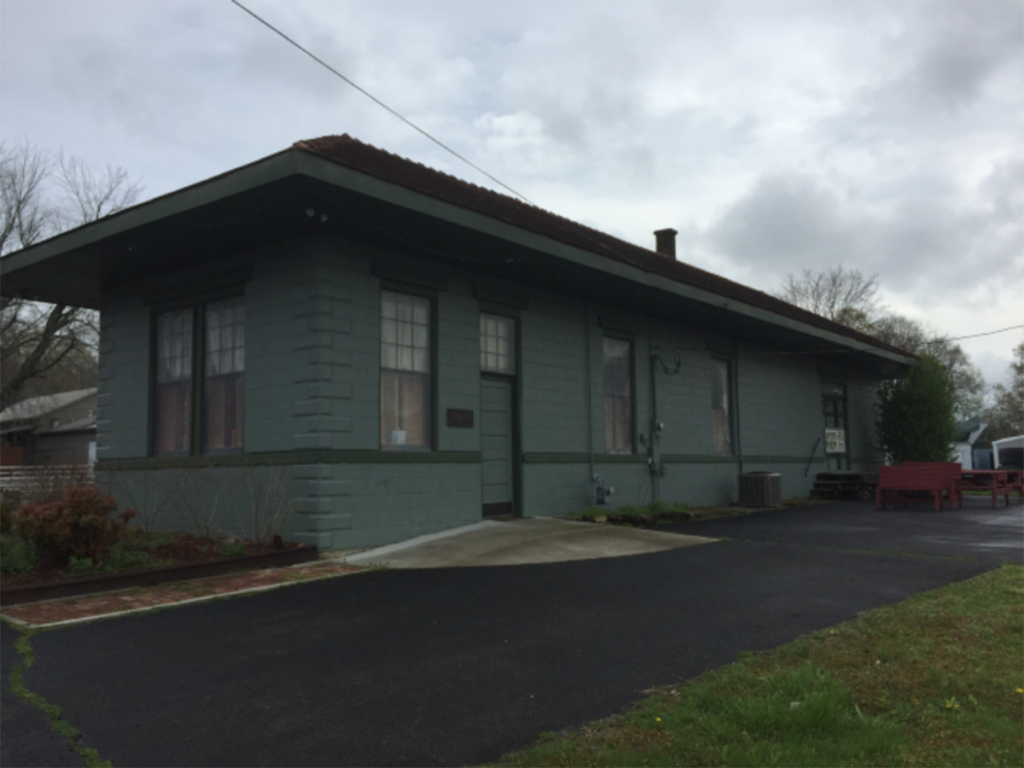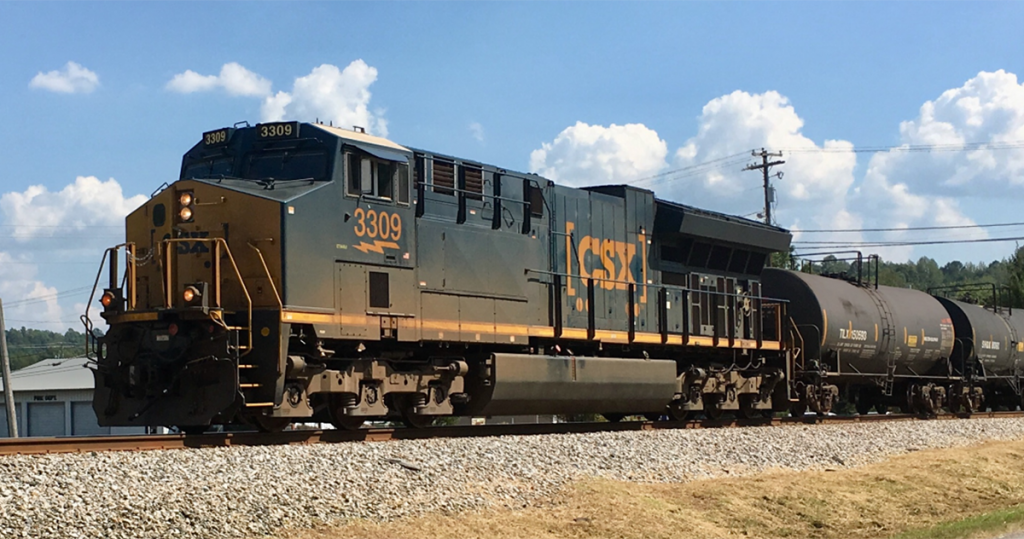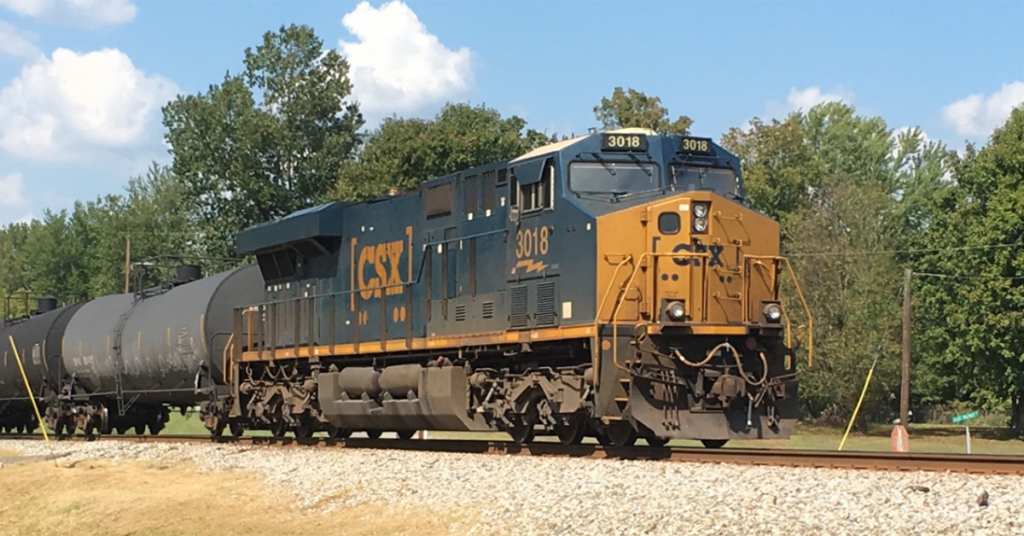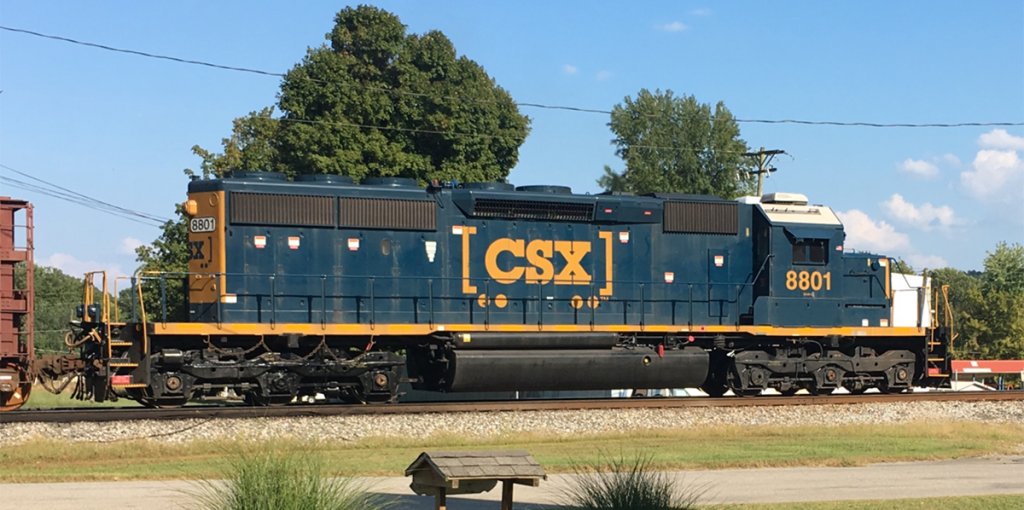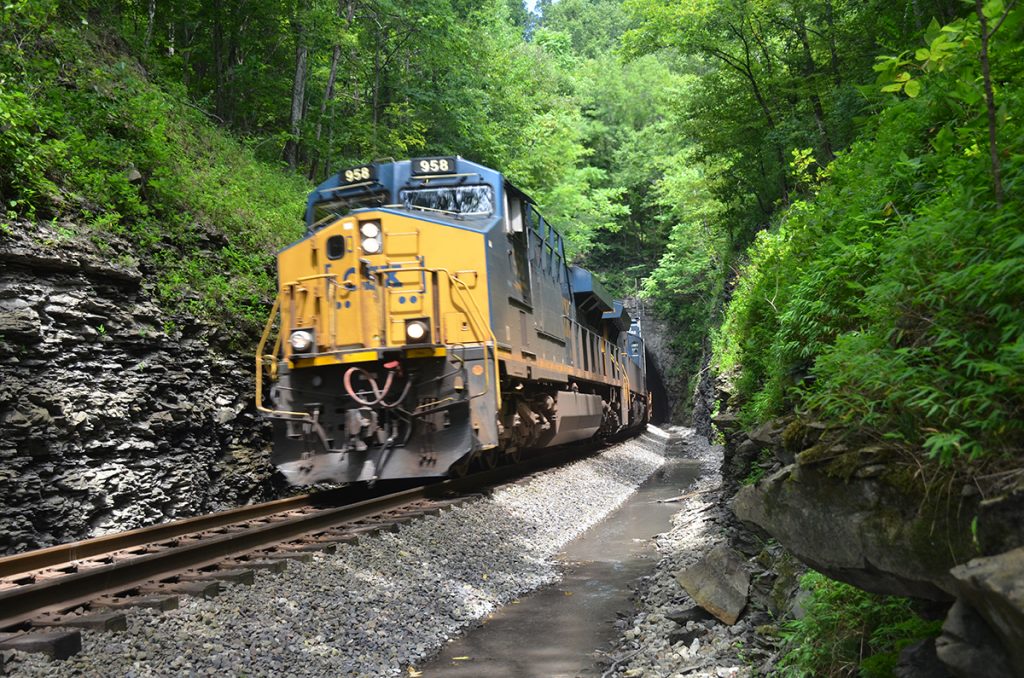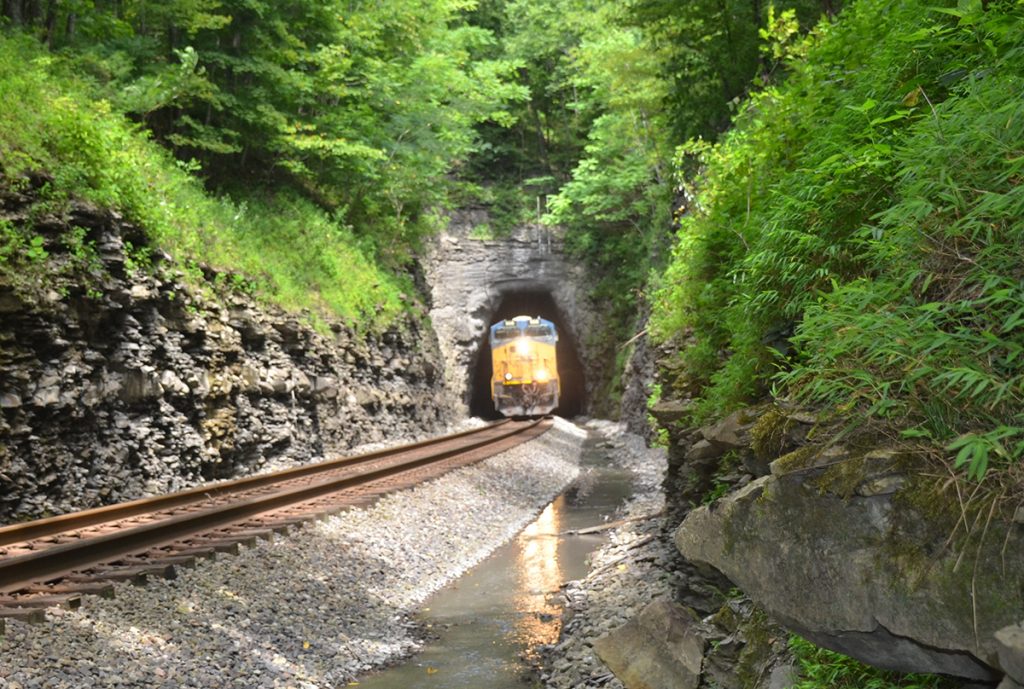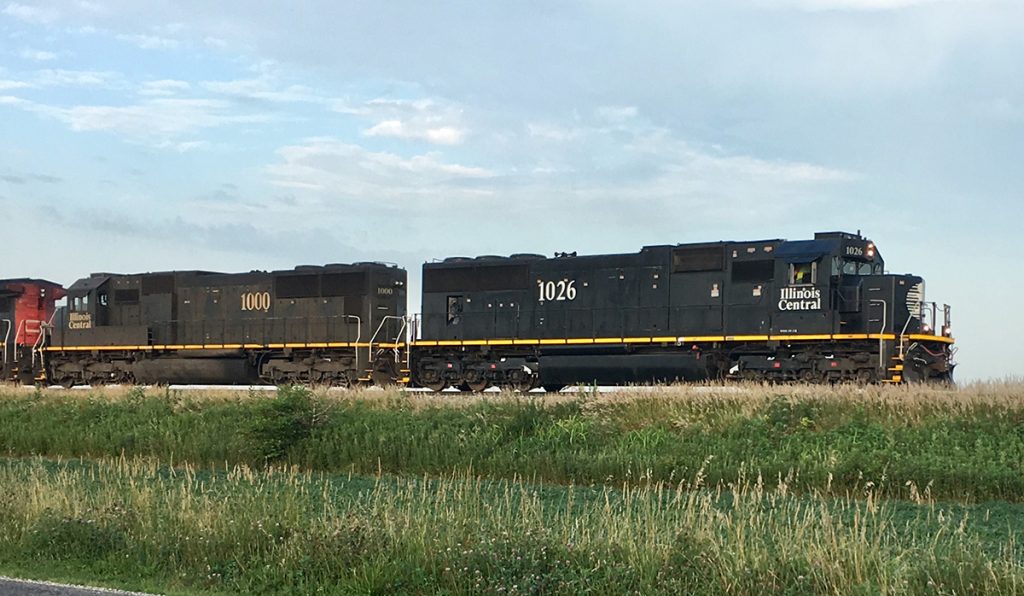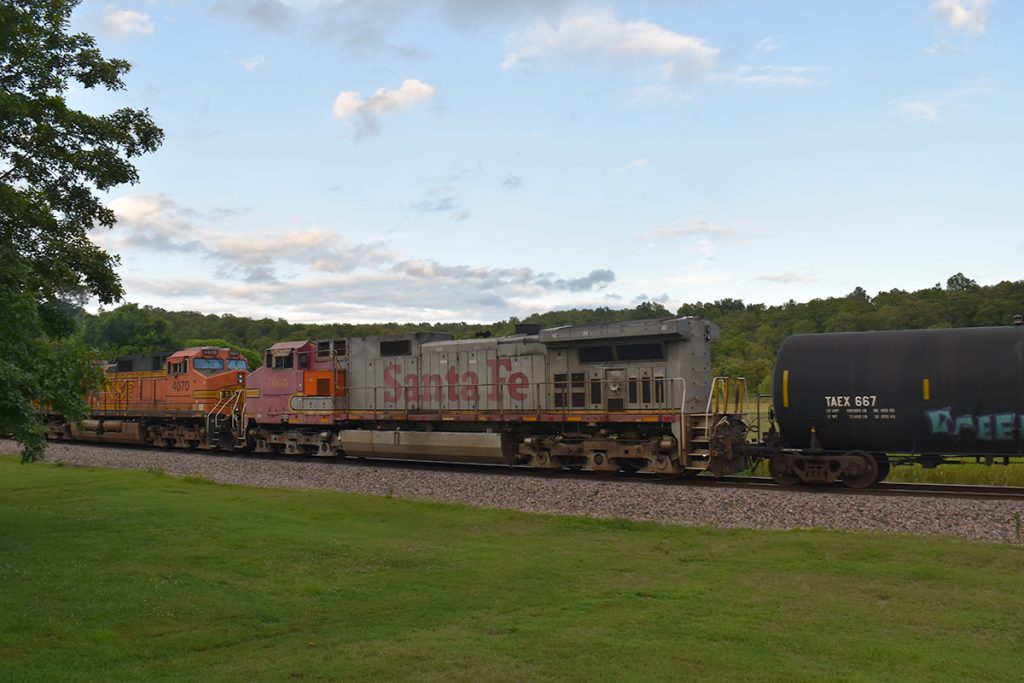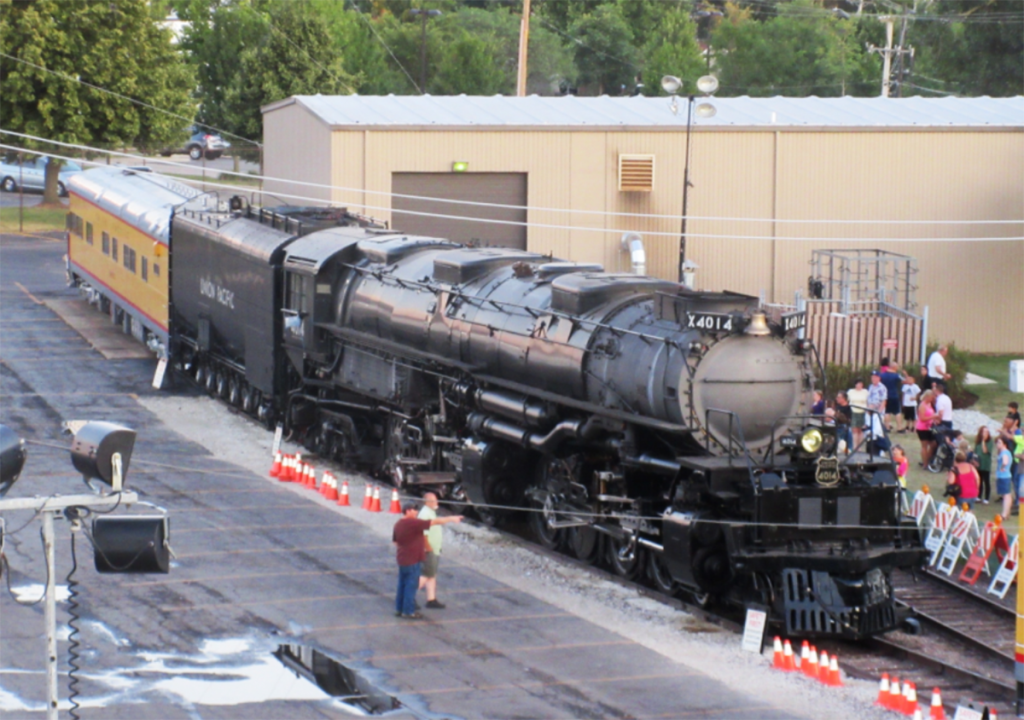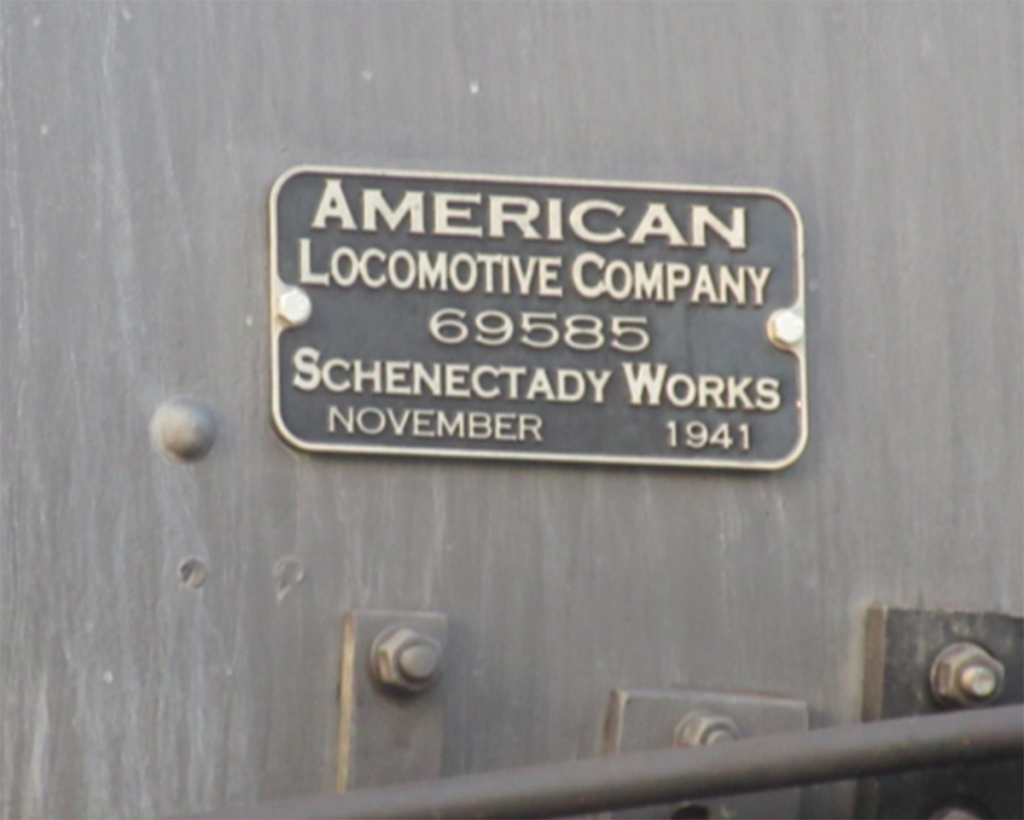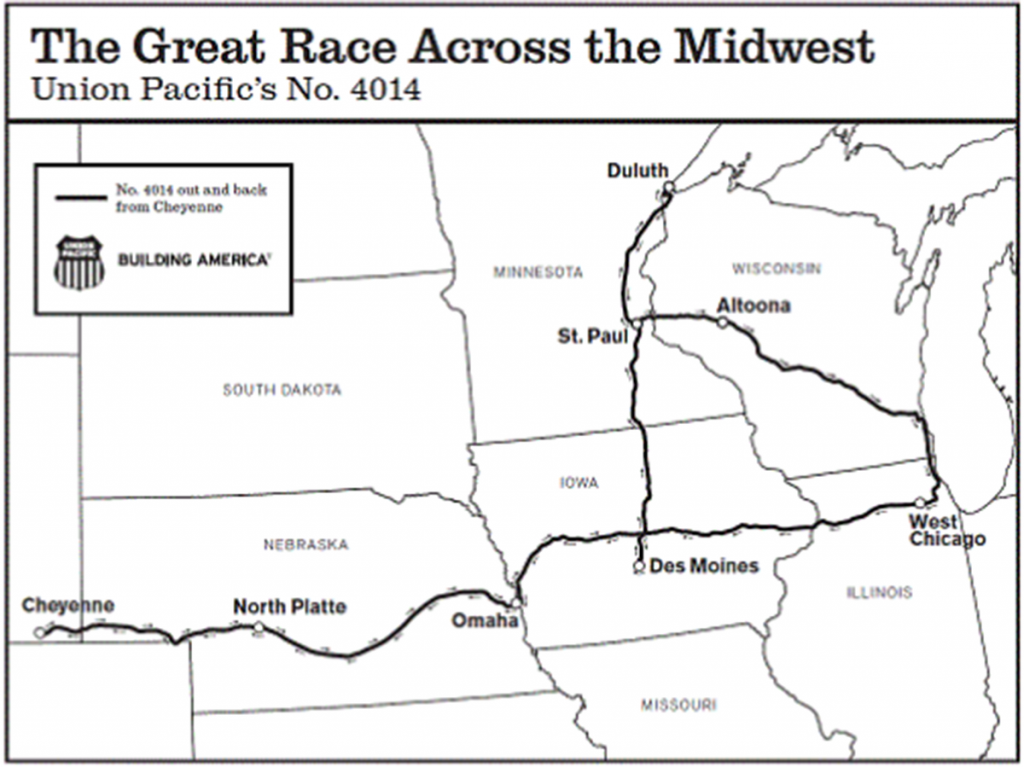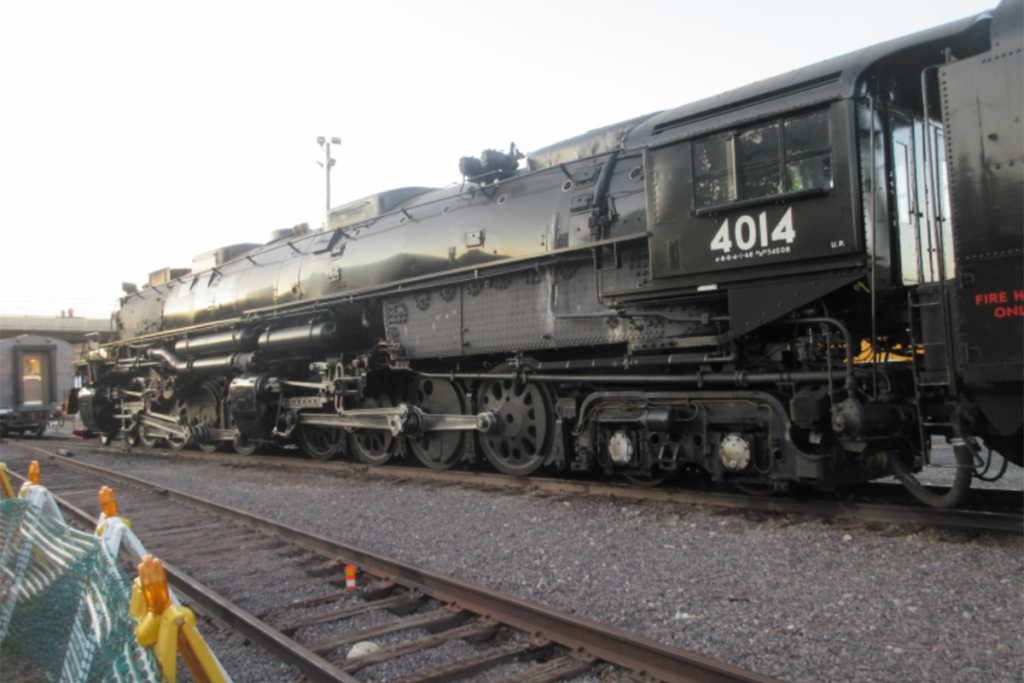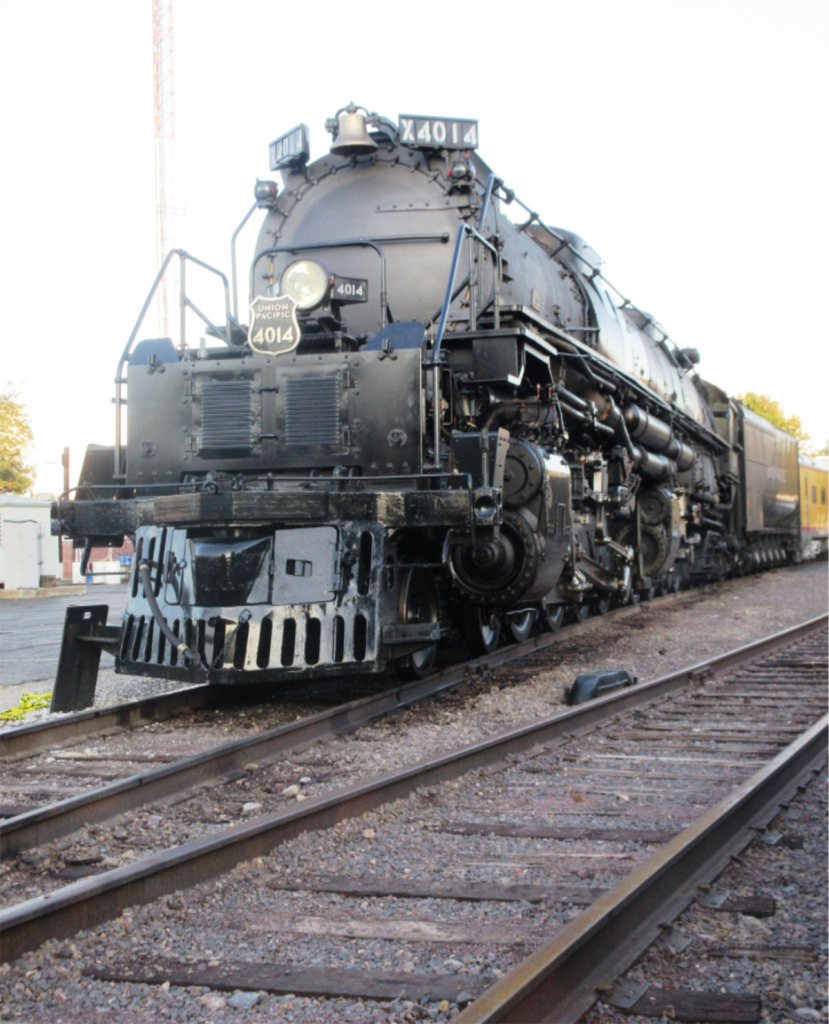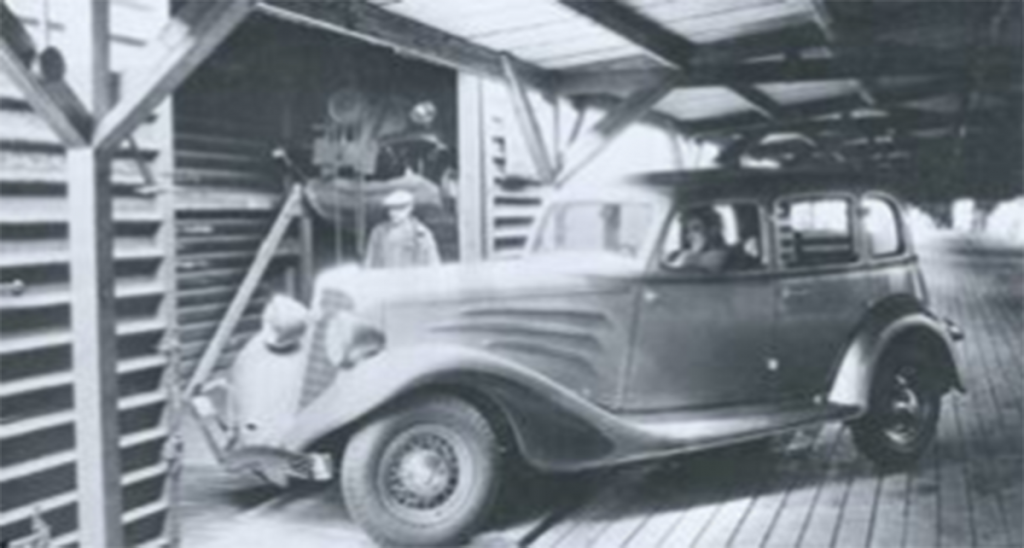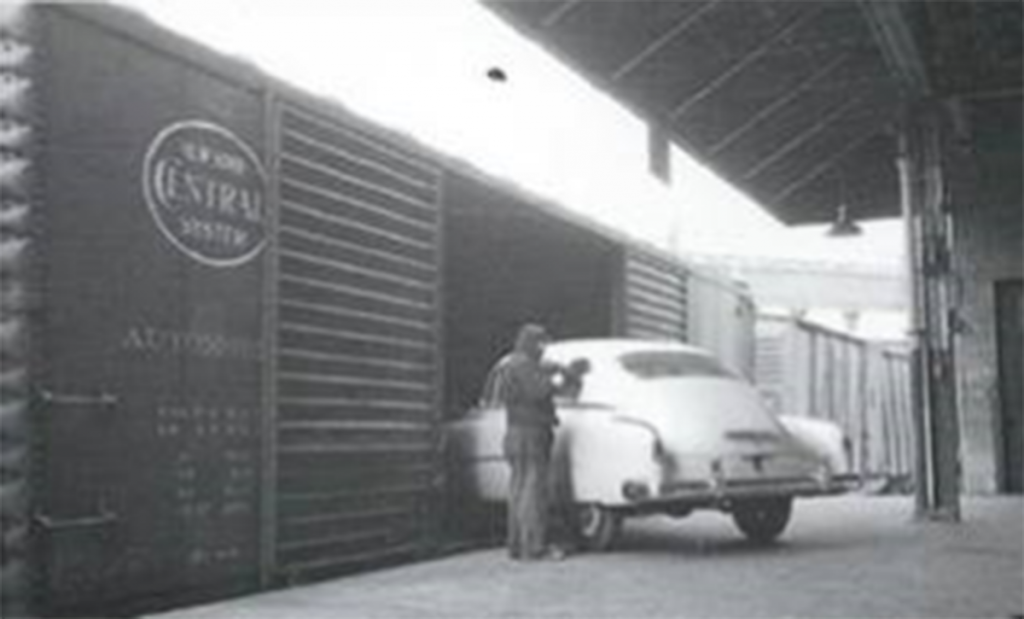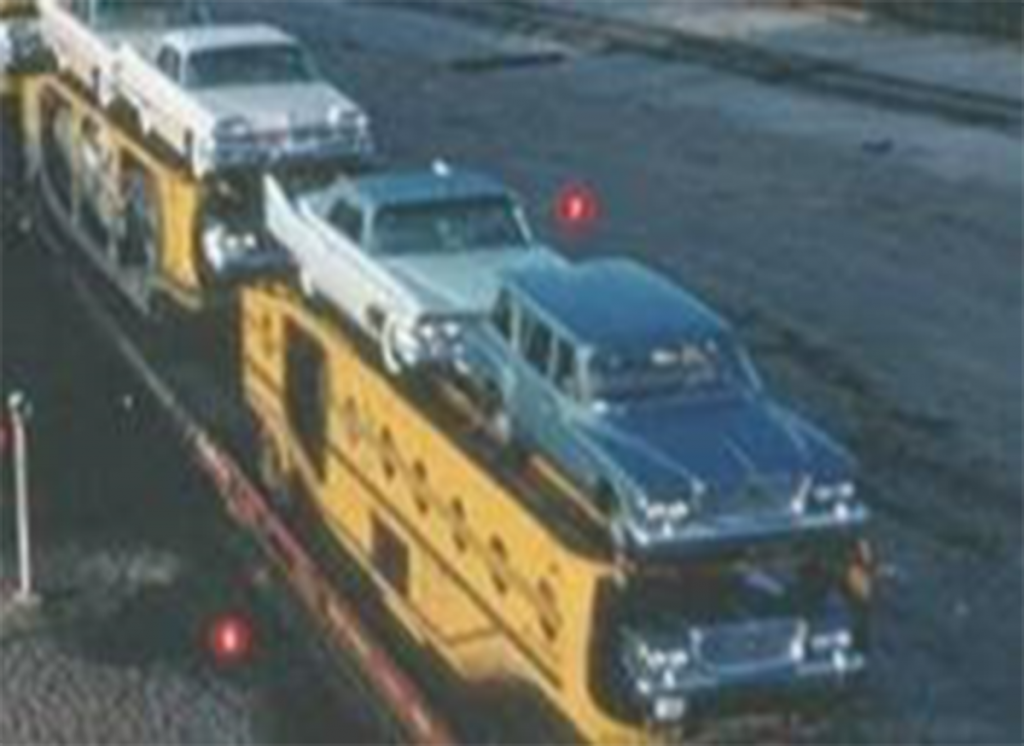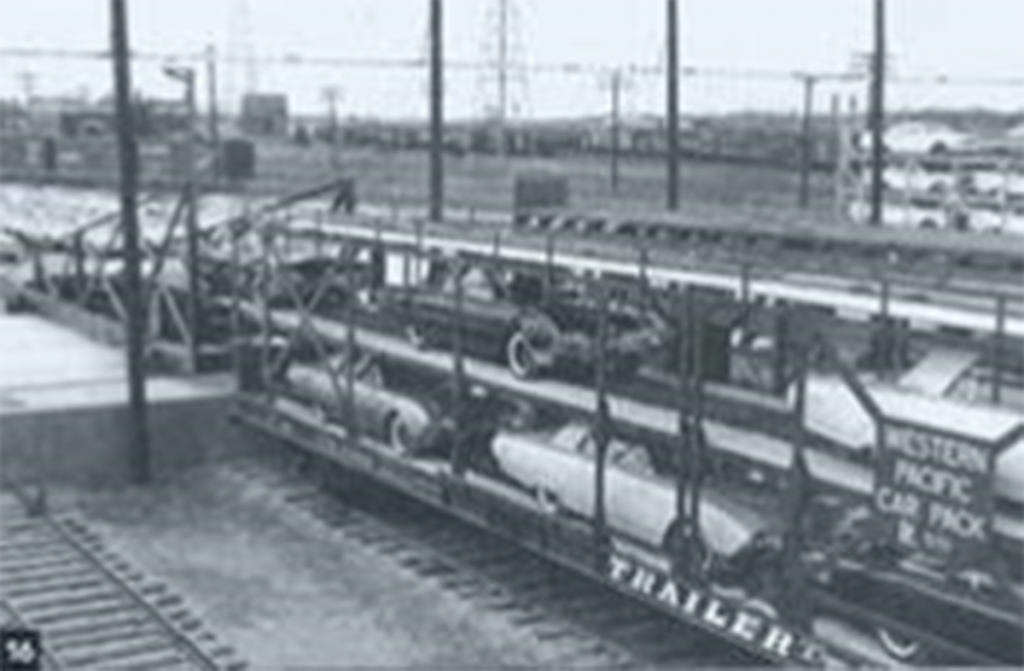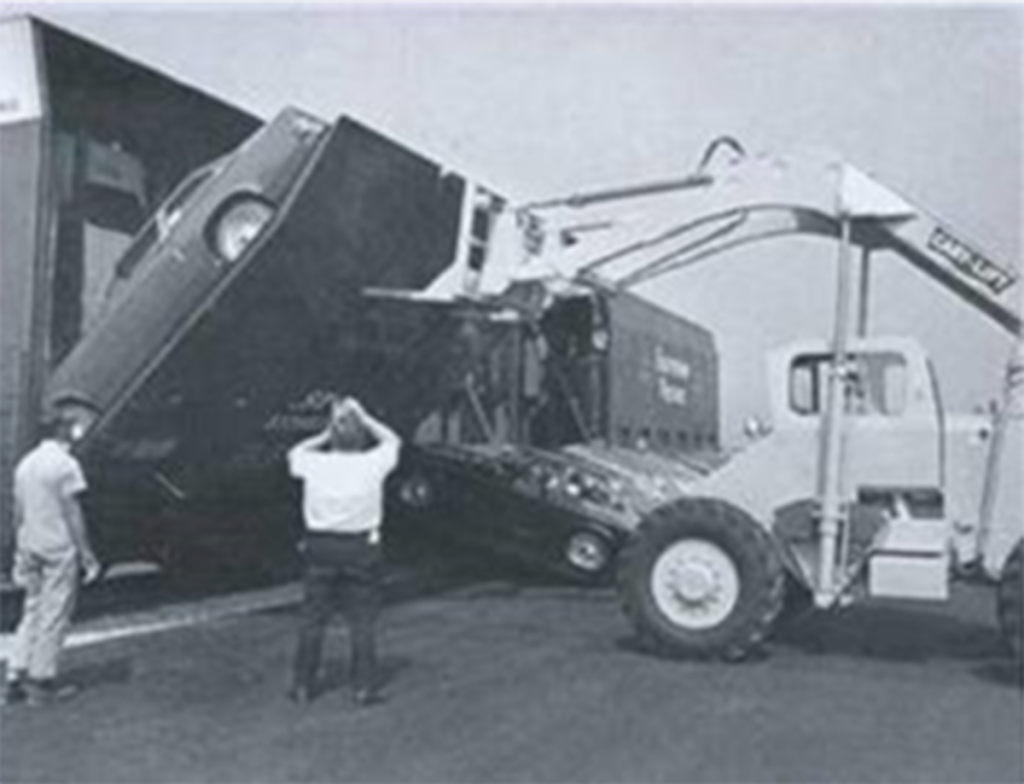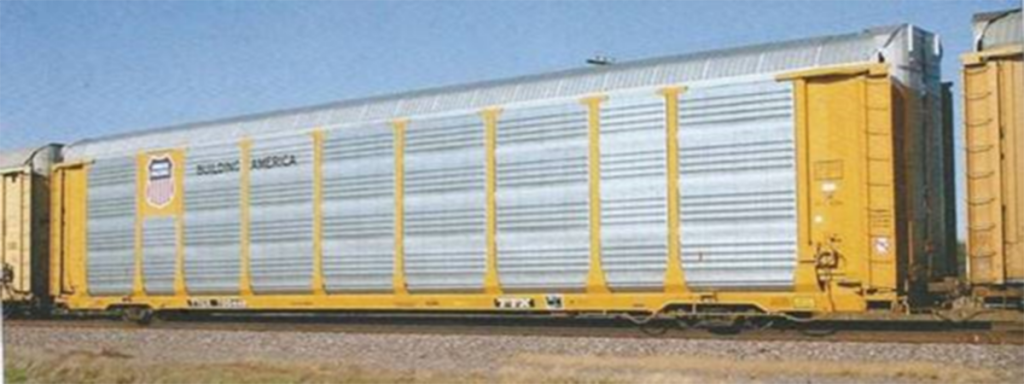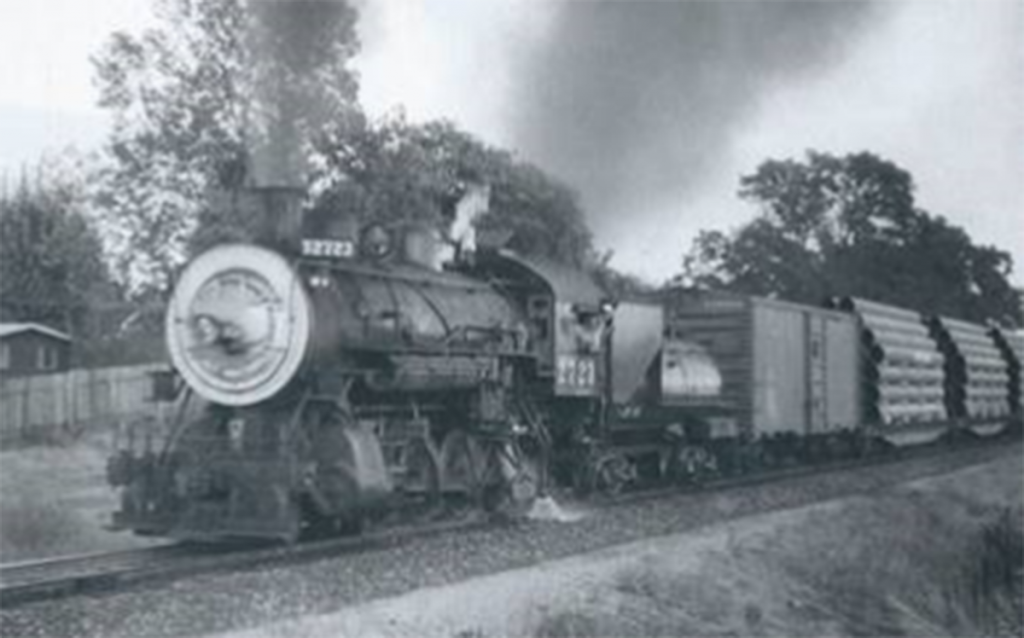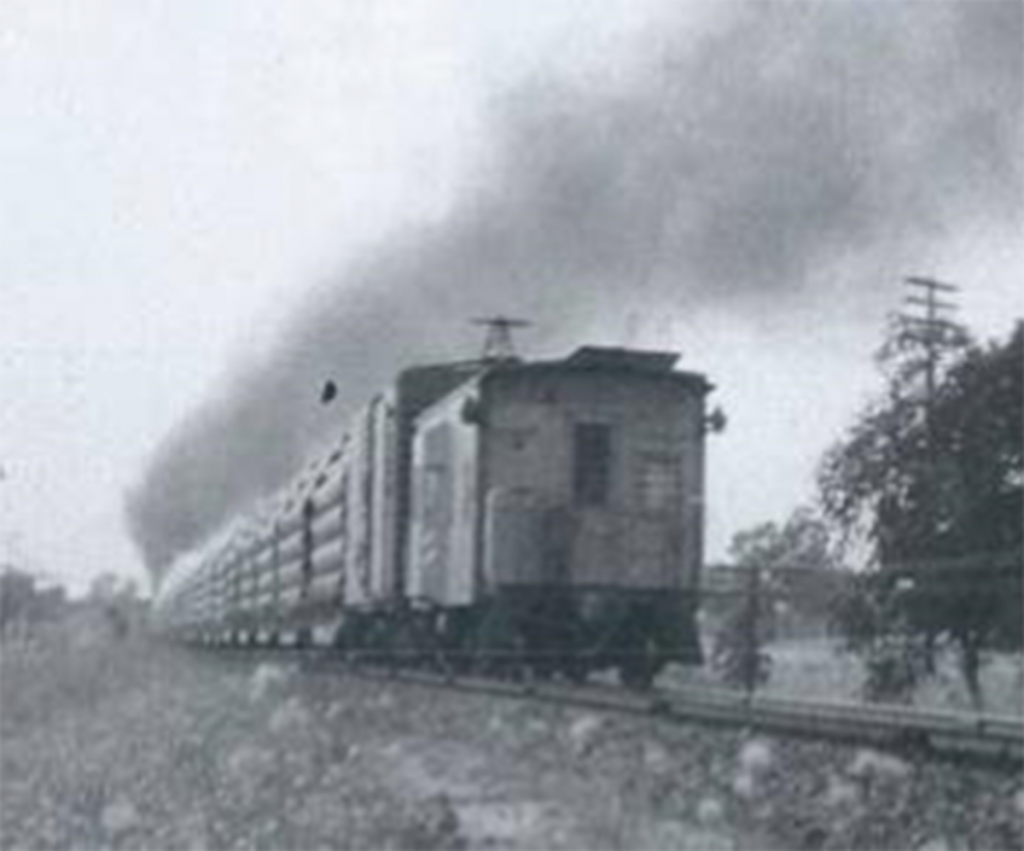September 2019 Photo Contest Results
We had a total of nine entries for the July 2019 chapter photo contest and the chapter members selected the winners during our October 2019 meeting.
Our last contest of 2019 will run from November 1-15th and the deadline for entries will be November 17th, 2019. Send your entries to me (no more than 2 per paid chapter member) at webmaster@westkentuckynrhs.org or jim@jimpearsonphotography.com by midnight on November 17th!
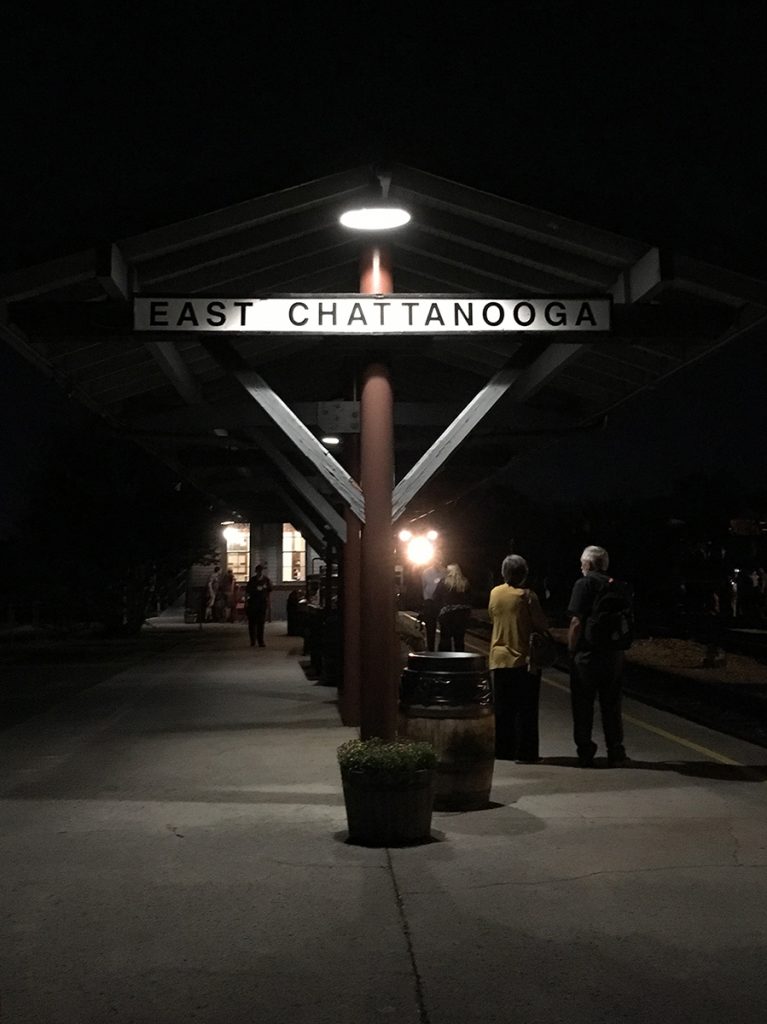
First Place, September 2019, West Kentucky NRHS Photo Contest – The East Chattanooga Station Platform during the night photo session of the 2019 L&N Railroad Convention at Chattanooga, Tennessee. – Photo by Keith Kittinger 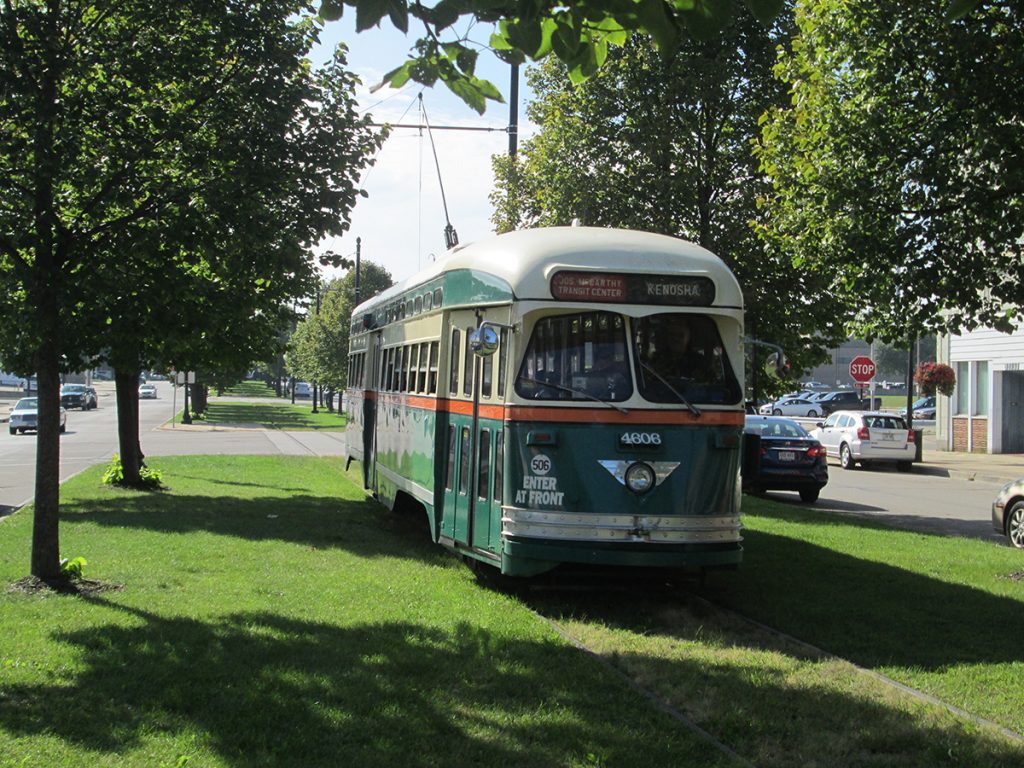
Second Place, September 2019, West Kentucky NRHS Photo Contest – It’s a warm September afternoon on Lake Michigan in southern Wisconsin and number 4606 (nicknamed the Green Hornet) has pulled streetcar duty today for the Kenosha Transit System. Established in 2000, the two mile route through the downtown and park districts is one of Kenosha’s major attractions, hosting over 65,000 riders a year. – Photo by Chris Dees 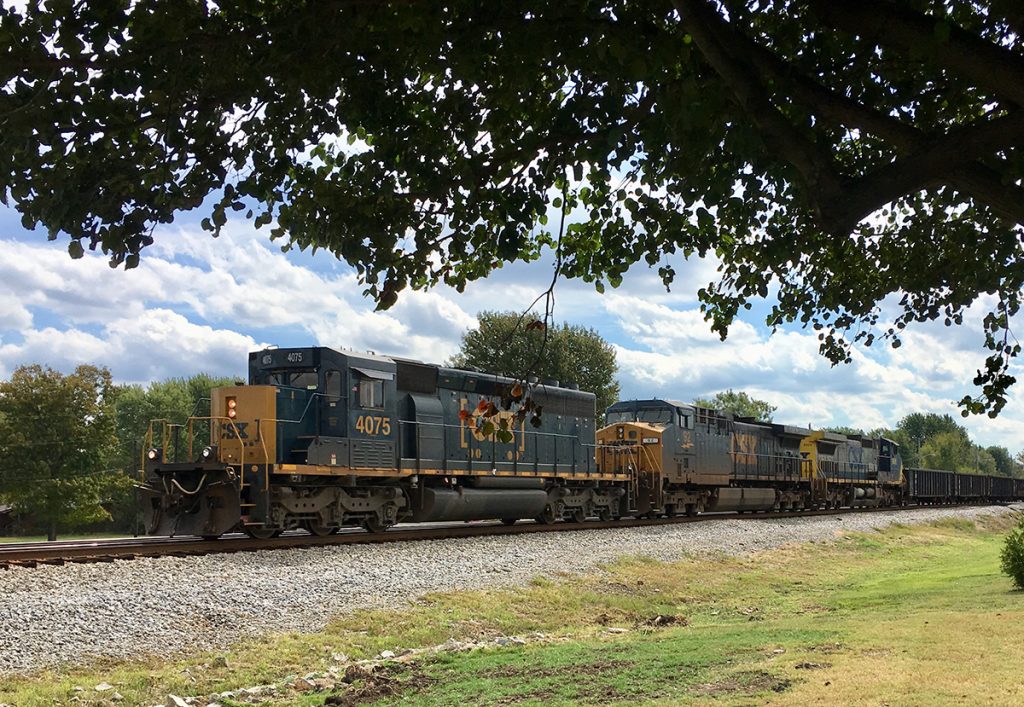
Third Place, September 2019, West Kentucky NRHS Photo Contest – Saturday, September 28, 2019. NB at Crofton KY during the NRHS Chapter Picnic. – Photo by Rick Ricky Bivins
